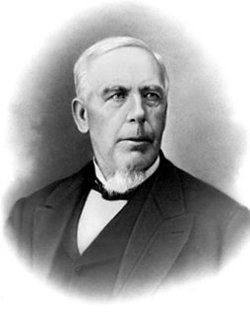Themisto
Themisto also known as Jupiter XVIII is a small irregular
satellite of Jupiter was discovered on September 30th 1975, the subsequently
lost, and rediscovered in 2000.
 |
| Themisto seen moving against starry background |
Themisto was first discovered by Charles T. Kowal and
Elizabeth Roemer, however, not enough observations were made to establish an
orbit and it was subsequently lost. Then, in 2000, a seemingly new satellite
was discovered it was soon confirmed that this was the same as the one observed
in 1975.
Themisto only has a radius of about 4 kilometres and takes
around 129 days to orbit Jupiter.

















































